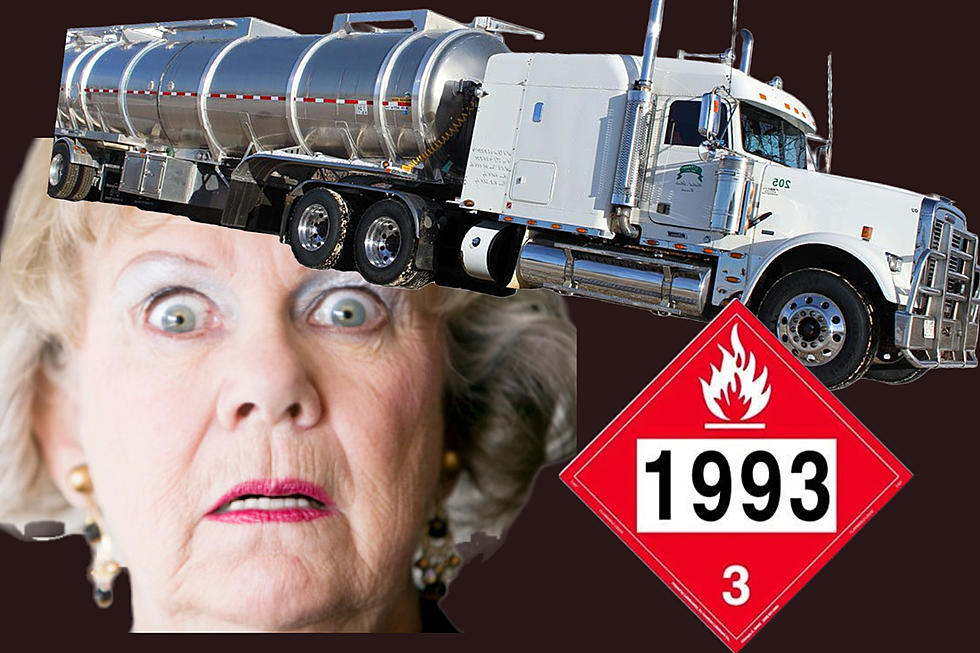
Do You Know What’s In That Texas Tanker Truck Next To You?
We all remember that horrendous train derailment in Ohio earlier in the year. The fires and toxic materials forced residents out of their homes for days. Most Americans know the United States routinely ships poisonous and explosive materials via rail.
You might not know precisely what is in that truck sitting next to you in traffic.
The fact that The Federal Motor Carrier Safety Administration (FMCSA) has established tens of thousands of pages worth of regulations and licensing requirements for the transport of hazardous materials on roadways shared by American families every day has not slowed the rise of accidents. These accidents put everyone who drives at risk.
The National Transportation Safety Board (NTSB) has found that the number of hazardous material road accidents has doubled in the last decade. These accidents resulted in 74 deaths, 489 injuries, and over $2 billion in damages in the past ten years.
There may be many causes. They include the growth in the hazmat industry, increased traffic on U.S. roadways, and the lack of investment in transportation infrastructure and safety measures. Regardless of the causes, the bottom line is that our families are facing increased risk every time we drive from an accident with toxic, hazardous materials.
Not just hazardous materials, but the truck you pass out on the highway today may be carrying explosives. Volatile explosives are routinely shipped on roadways in the United States. These include dynamite, blasting agents, and ammonium nitrate fertilizers used in the deadly Courthouse bombing in Oklahoma City.
Sometimes, the public cannot know precisely what explosive materials are onboard vehicles sharing our roadways.
A vehicle collision could easily detonate explosive materials.
In addition, radioactive waste is also transported by truck in the U.S. This material can include those generated from medical, industrial, research, and nuclear power generation activities.
When you see a truck carrying a warning sign, carefully note the number on the sign. Yesterday, I saw a truck on U.S. 77 with an explosive designation and the number 1267. Those numbers are U.N. identification numbers that give emergency service workers an instant idea of what they are dealing with in the case of an accident.
In this case, "1267" is the number for petroleum crude oil. This is a typical number seen on trucks in Texas. Others include:
UN1203, which designates gasoline.
U.N. 1993, Flammable liquids not otherwise specified.
UN 3264- represents a corrosive liquid, Acetic Acid, commonly used in chemical manufacturing and food processing.
UN 1072 designates compressed oxygen.
If you see a truck carrying UN 2978, this is Fissile Radioactive Material. It could be bad news if this were to get loose in a community. This type of material has the highest level of safety measures during transportation. It better.
Other hazardous materials routinely transported in the United States include:
Chlorine Gas: Breathing this gas can be fatal.
Anhydrous ammonia: This is used in refrigeration and other industrial applications. It is highly toxic and can cause severe respiratory and skin irritation.
Formaldehyde: This can cause severe respiratory problems and is a known carcinogen or cancer-causing agent.
Hydrofluoric Acid/Sulfuric Acid: This acid can melt away asphalt. Think about what it can do if it contacts your skin.
We have a right to know and be concerned that transporting hazardous materials on our roadways is safe. The safety training and other protocols by various regulatory agencies keep us safe.
Preventing accidents with dangerous materials also depends on every motor vehicle driver. While we can train hazmat transportation professionals intensely for every possible eventuality, the most challenging variable to prepare for is the unpredictability of other drivers.
LOOK: What are the odds that these 50 totally random events will happen to you?




